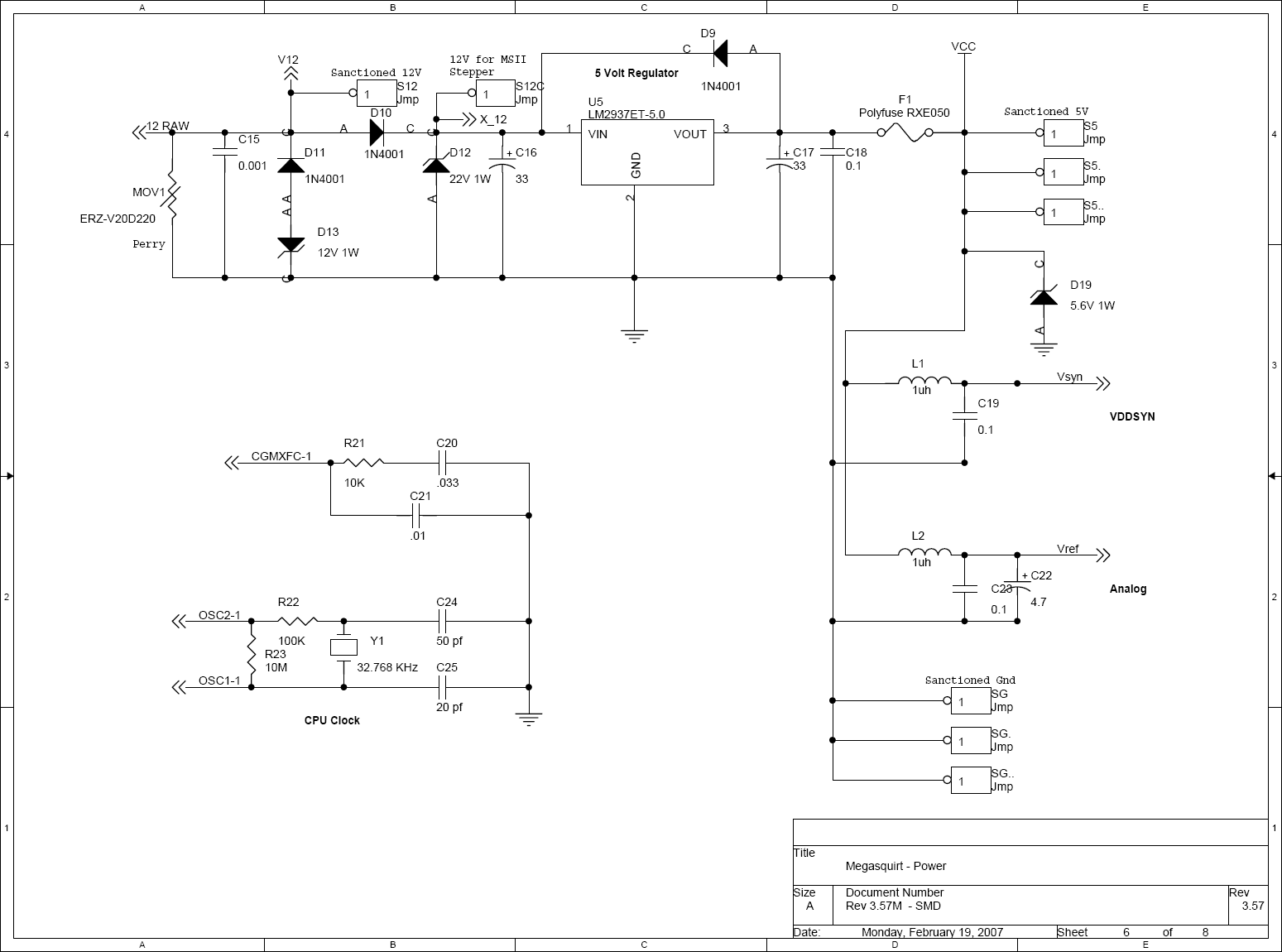Hey guys Ive been learning alot over the last few days and I have a question about the END command. In the manual it says it will sleep teminally until power cycles. Now does that mean that Vdd needs to go to 0vand back to 5v before it starts again? If it does is there a way to put the PIC into a deep sleep until it is woken up by an input going high? More or less Im trying to make a circuit that turns off at the end of a program and turns on again when you press a button without removing the power to the pic. Im not quite sure which command I should use , like HIBERNATE, but given there are a few that seem fairly similar to each other I wanted to ask.
Last edited:

